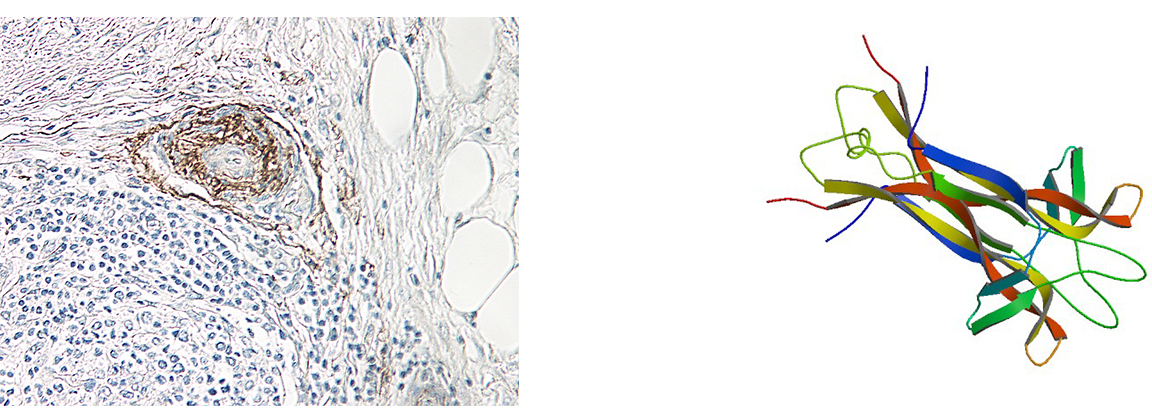基本信息
通用名:重组人神经生长因子
临床用途:主要用于神经系统治疗,其应用极为广泛,在很多科室如眼科、神经内科、神经外科、儿科,神经生长因子都是常用药物。它能应用于治疗化学品、毒品所致的周围神经损伤急性脑血管性中枢神经损伤,各种外周神经损伤、挫伤、神经断裂及神经再植,急性脑血管病、帕金森病、脑萎缩、早老性痴呆、神经性耳聋、新生儿缺氧缺血性脑病、小儿脑瘫等病症。
市场需求
神经生长因子(NGF)可以从小鼠、蛇毒和人体胎盘等动物体中提取。从小鼠颌下腺中提取的NGF称为鼠神经生长因子(mNGF),小鼠颌下腺中NGF由于含量丰富、与人NGF同源性高(达90%)、提取工艺简单,是目前上市的主要神经生长因子。
鼠神经生长因子属于神经损伤修复类药,该类产品今年以20%年复合增长率高速增长,2016年我国神经损伤修复药物整体规模为450亿元,随着人口老龄化以及脑血管疾病等持续上升,未来整体市场将达千亿级别。2016年目前国内共有4家企业生产注射用鼠神经生长因子,合计销售额约30亿元。近5年年均复合增长率高达49.4%,明显高于神经损伤修复类药物增长率。
The basic information of drug
Common name: Recombinant human nerve growth factor
Clinical use: treatment of the nervous system. Its application is extremely extensive. In many departments such as ophthalmology, neurology, neurosurgery, pediatrics, nerve growth factors are commonly used drugs. It can be applied to the treatment of chemicals, drug-induced peripheral nerve injury acute cerebrovascular central nervous system injury, various peripheral nerve injury, contusion, nerve rupture and nerve replantation, acute cerebrovascular disease, Parkinson's disease, Alzheimer's disease, neurological deafness, neonatal hypoxic-ischemic encephalopathy, pediatric cerebral palsy and other diseases.
Market demand
Nerve growth factor(NGF)can be extracted from mice, snakes and human placenta and other animal body. NGF, which is extracted from the submandibular gland of mice, is called mouse nerve growth factor (mNGF). The NGF in the submandibular gland of mice is the main nerve growth factor because of it is rich in content, has high homology with human NGF (90%) and the extraction process is simple.
Mice nerve growth factor belongs to the nerve injury repair drugs. The annual growth rate of such products is 20% in this year. In 2016, the overall scale of nerve injury repair drug is 45 billion yuan in China. With the increasing of aging population and cerebrovascular disease, in the future, the overall market will reach 100 billion. In 2016, a total of four domestic companies produce infection mice nerve growth factor, and total sales are about 30 billion. The average annual compound growth rate of nearly 5 years is 49.4%, which is significantly higher than the growth rate of nerve injury repair drug.





